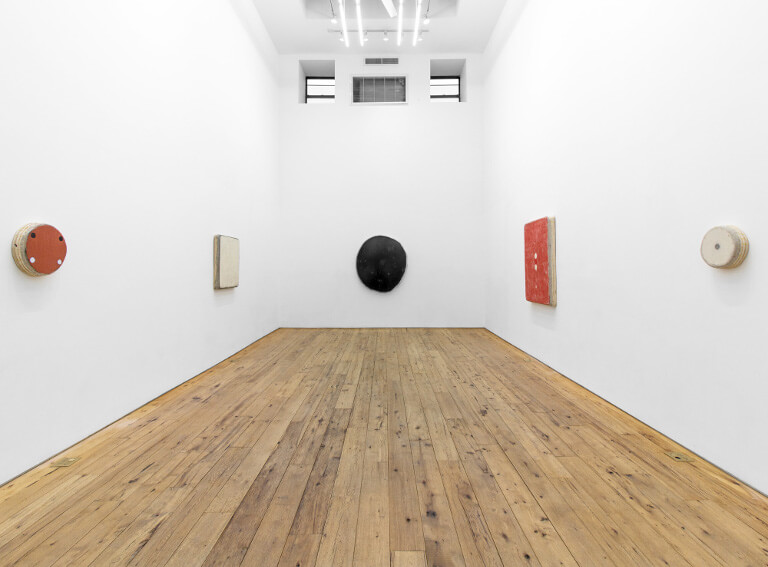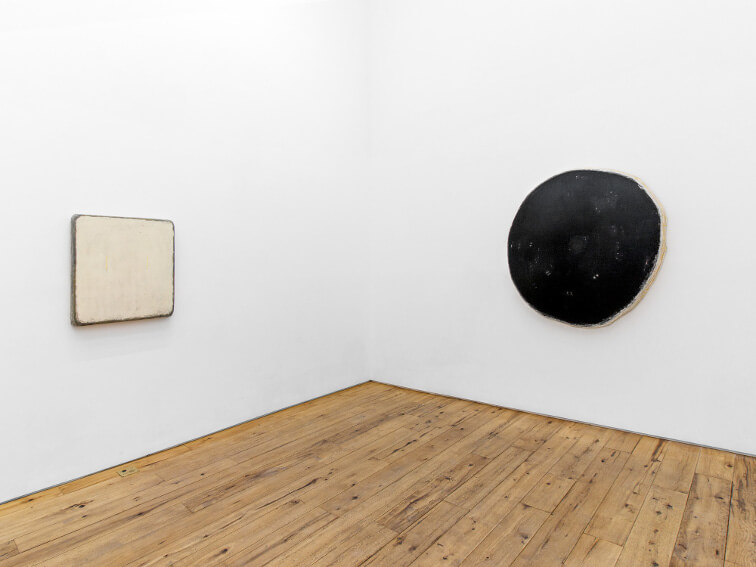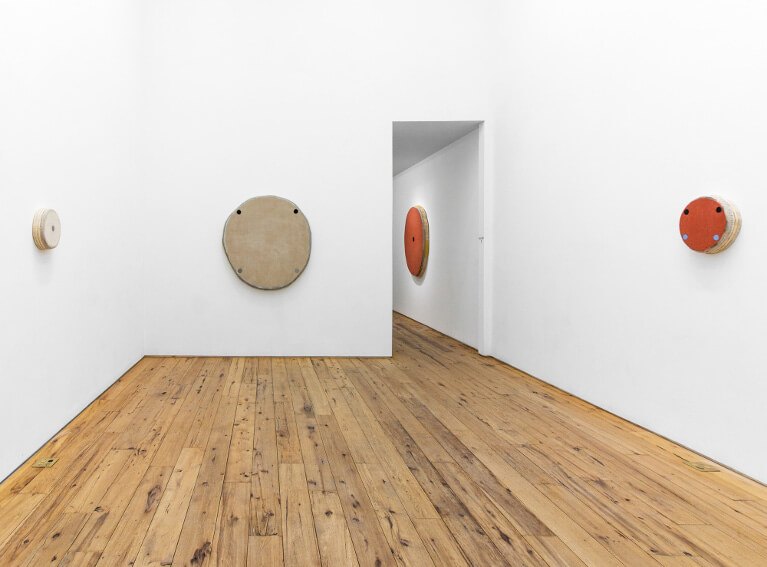
Behind the Abstract Object Paintings of Otis Jones
Otis Jones has been described as a Texas Minimalist. You would be forgiven for not knowing what that moniker might mean. Texas is the Lone Star State—that could potential sound minimal; one lone star. Then again, Texas is where everything is supposedly bigger—nothing minimal about that. Jones finished his Masters of Fine Art Degree in 1972, when Minimalism was at the height of its influence. He was steeped in its theories, and embraced wholeheartedly many of its essential notions. But he did not live nor study in a major art center. He was born in Galveston, a shrimping town on the Gulf Coast of Texas. He earned his Bachelor of Fine Art from Kansas State University, took graduate courses in Montana, and then earned his MFA from the University of Oklahoma. After school, he returned to Texas where he has taught and worked ever since. Despite being out of the limelight, however, Jones has never been ignored. He received a Visual Artists Fellowship Grant from the National Endowment for the Arts in 1982, and not a year has gone by in which he did not exhibit his work, usually in Texas, and in which his efforts were not covered by the press. Those writers who have been covering Jones are who invented the term Texas Minimalism. The phrase does not seem to simply refer to his home address. One clue to what it might mean can be gathered from the recent exhibition of new works by Jones that went on view last month at Marc Strauss gallery in New York. Based on these visceral, organic-looking works, Texas Minimalism has everything to do with rugged independence.
Trophies of the Mind
The best name for the things Otis Jones has been making is Object Paintings. They hang on the wall like paintings, but protrude from the surface with the presence of sculptural objects. They consist of multiple shaped sheets of plywood that are glued together in stacks up to about four inches thick. The plywood is covered with canvas and then painted. Staples are visible all along the edges. They works use a pared down visual language of circles, lines, ovoids and rectangles. In a recent interview, Jones described them as spiritual, and as relating in a very direct way to nature. He described walking in nature and finding something unusual on the ground, like a strangely beautiful rock. For some reason, that rock speaks to you. Jones said that has something to do with soul—the rock speaks to your spirit—not in a religious sense, but in the sense that you feel an unexplained visceral connection to it. It calls out to you, so you pick the rock up and take it home as a kind of trophy—a reward for going out into the world and connecting with something outside of ourself.

Otis Jones - installation view at Marc Straus Gallery, 2018, photo courtesy Marc Straus Gallery
Those of us who have had that exact experience before know that what you later find is that you can never throw that rock out, because it becomes part of you in a real, tangible, and yet completely abstract way. Jones said that essentially, when he is in his studio making these object paintings, he is trying to make his own rocks. The process he undergoes is rooted in some notion of what it is about humans that ever makes us want to connect with some strange thing like a rock or a twig or a painting in the first place. Before we ever find that trophy, that object of our desire, that rock, or that twig, or that commercial product, whatever it is, some notion of it already exists in our mind. That notion might at first only manifest as a feeling of something we are missing, which we sense might in some way make us feel more whole if we found it. Jones believes his object paintings begin there, as a notion of a missing piece—images in his head of something real, but incomplete.

Otis Jones - installation view at Marc Straus Gallery, 2018, photo courtesy Marc Straus Gallery
Notions, Urges and Passions
Jones is quick to clarify that his works do not start as ideas. He says he does not trust ideas, because they carry with them a sense of something that is preconceived. “I trust notions, urges, passions,” he says. Rather than dictating what the notion looks like, he simply tries to start formulating a more real vision of whatever image pops into his mind. He starts searching out the sense of a shape, dimensions and colors. It is a fight between his vision for the work and the vision the work has for itself. It is a process of give and take, adding and subtracting, painting and sanding, carving into the surface and then building it back up. “Together, we work it out,” he says. “I think these things have an essence of their own, and they are real things.” He says he knows the work is done when it expresses its own reality—when something that did not previous exist comes into being.

Otis Jones - installation view at Marc Straus Gallery, 2018, photo courtesy Marc Straus Gallery
The end result of his process is self-explanatory; and maybe this could be another meaning of the phrase Texas Minimalism—that it does not need to be discussed at great length. Just one look at these object paintings will be enough for you to understand what they are. Their color, their texture, their shape—it is all right there. As Jones has described, “Each piece takes on its own geology.” The layers have built up thanks to natural forces. They have been shaped by time and the interventions of the artist. These are not paintings of things, they are things, painted. In a time when images of objects inundate our eyes from afar, and more of us than ever feel there is no reason to actually go out into the world to see an artwork in person, Jones is making work that rewards us for making the journey into the world, in search of something to connect with besides ourself.
Featured image: Otis Jones - installation view at Marc Straus Gallery, 2018, photo courtesy Marc Straus Gallery
By Phillip Barcio






